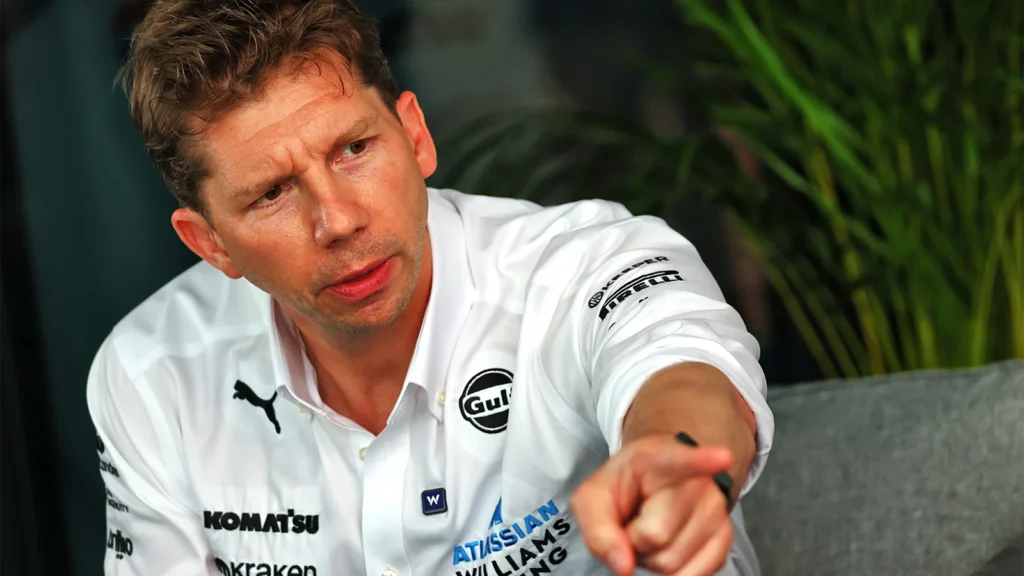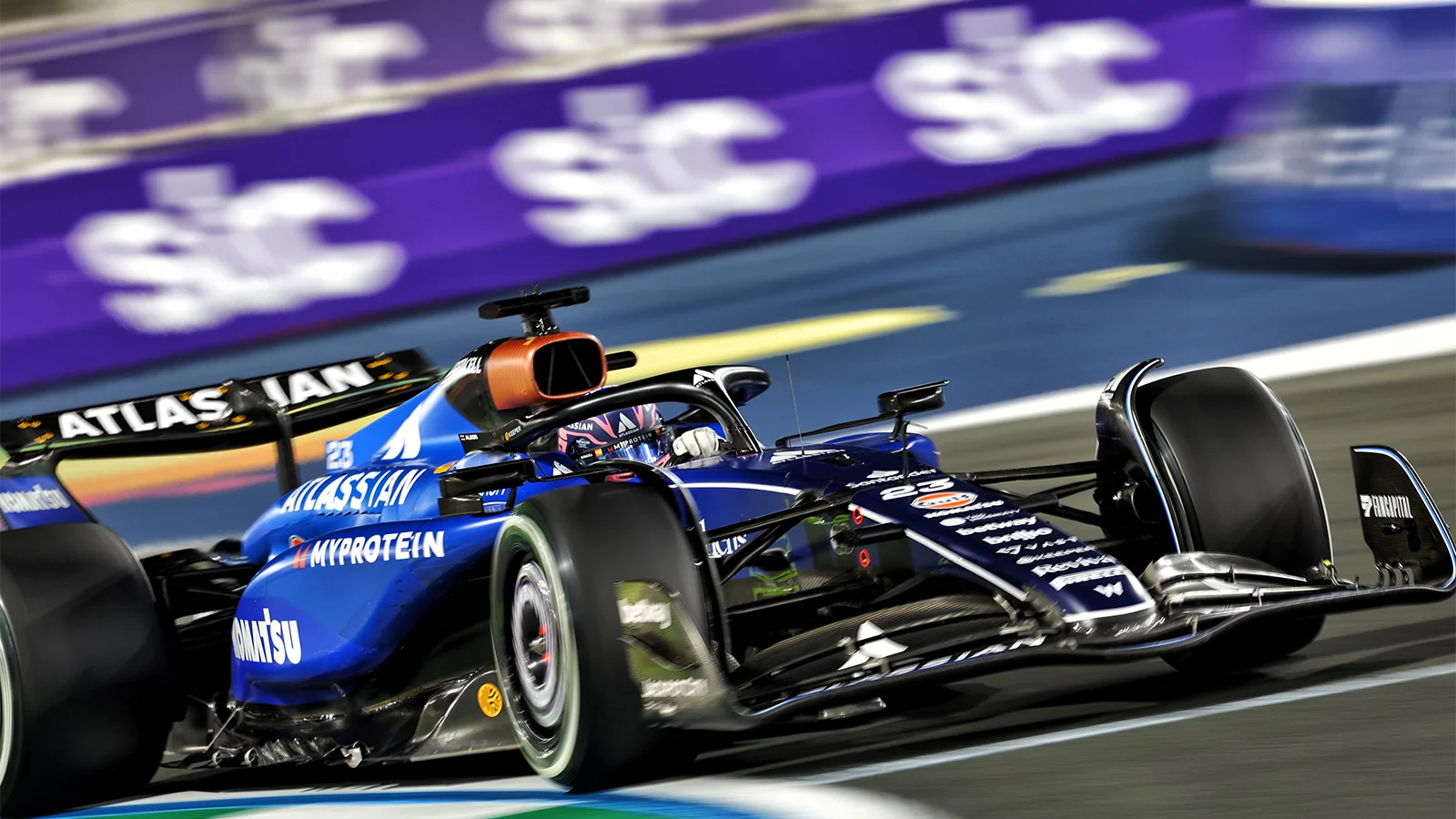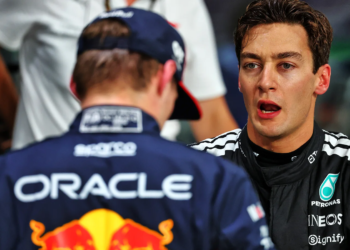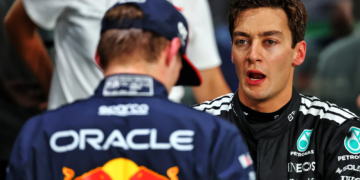Williams has become the first team to declare it is scrapping its 2025 development to focus fully on the 2026 Formula 1 regulations.
All 10 teams have been balancing improving their current machines in the wind tunnel and through CFD with designing cars for next year’s new regulations.
A massive shift in powertrain, chassis and aerodynamic regulations represents a huge opportunity to upset the F1 pecking order.
That has been front of Williams Team Principal James Vowles’ mind since he joined the Grove-based outfit in 2023, and he has confirmed that the team will no longer develop this year’s FW47.
“If I had to, I would have removed the car from the wind tunnel myself,” Vowles said (via Motorsport.com).
“There is only one way to win, and you can’t get caught in the now.”
The move comes amid Williams being right at the forefront of F1’s midfield battle, scoring 19 points so far, more than its entire return in 2024 and just one behind fifth-placed Haas.
Sacrificing this battle could mean Williams misses out on a hefty $40 million prize sum, but Vowles isn’t letting this deter him from his vision for success, pointing out that short-term thinking has hurt his team in the past.
“Let’s be completely straightforward,” he continued.
“We’re in a mess because we were short-termist all the way through the last 20 years.
“Some of it is financially driven, some of it is driven by other elements, but there has to be investment, and to be clear, investment is about five years forward to get yourself into the right position of leaving.
“It wasn’t difficult at all [to shift focus to 2026] because part of the reason why I joined this entity is that we had a pretty frank discussion from the very beginning over it.
“It will take this long, it will take this amount of investment, and we cannot be driven by short-termism, and it was completely aligned and agreed from the outset.”

Long-term F1 vision restricting present solutions at Williams
Vowles has worked hard to put the foundations in place to succeed at Williams, revolutionising the team’s production processes and putting investment into growing the team’s workforce beyond 1000 personnel.
He’s secured the long-term driving services of the talented Alex Albon and Carlos Sainz.
The most crucial piece, however, is nailing next year’s regulations, and it’s no surprise Williams is sacrificing 2025 to make the most of the situation.
That decision is informing how Williams will tackle the rest of the current campaign.
Vowles has pointed out areas where the FW47 can be improved, but admits it can only put “plasters” over the cracks rather than implement a full solution.
“We have some characteristics in the car that are still not at the right level,” he explained.
“I don’t think we have the balance that we should do for the drivers, and we’re a little bit cornered on some of the tools that we’re using at the moment.
“There’s some elements that we can bring in line this year.
“I think some of it, however, is actually a different direction that we need to take for the future. My feeling is that we’ll be able to scratch it, but not fix it.
“We have a series of sticky plasters we can put on. I do not think that we can inherently fix it in 2025.”
If Williams can challenge towards the sharp-end next season, one doubts Vowles will mind if Williams finds itself slipping down the order as 2025 wears on.
READ MORE – Williams ‘low-hanging fruit’ in F1 2025 ‘secondary’ to long-term ambition









